
Our Living Lab
24/25 May 2024 – Museum Outreach
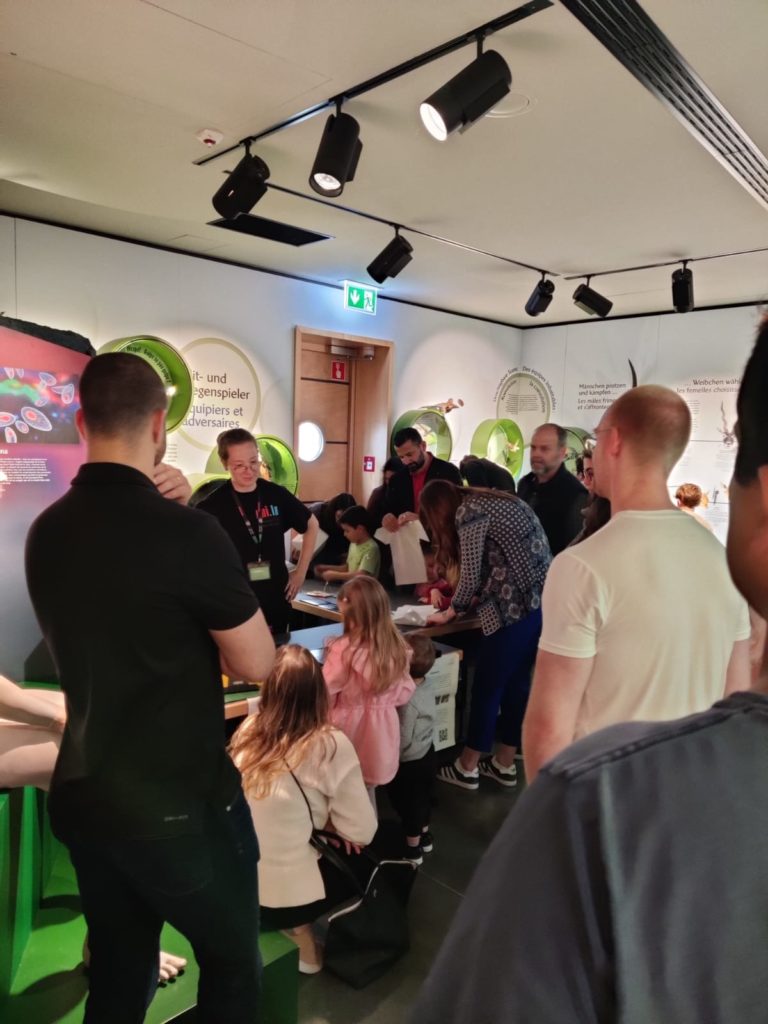

Clara Schreck – During the 2024 edition of the Luxembourg Museum Days, both Kate’s and Phil’s teams gathered to present SolarZukunft at the National Museum of Natural History.
The workshop aimed at helping the visitors understand how color is made and could be added to solar panels, as well as their potential impact on their visual environment. Through the experiments with miniature solar cells, they could draw their own conclusions on the impact of different color technologies on their efficiency. Through handmade house models, they could discuss, envision and create what their house could look like in the future.
The event was overall a success, with many families coming to the museum and going through our workshop. Hopefully we’ll be able to participate again next year!
15 March 2024 – LAM Project Week
Alex Skinner – During the week of March 11th to 15th Kate’s team took their university research into Lycee Ailine Mayrich. Kate, Tom, Mariam and myself worked with a group of 22 secondary students to explore the energy transition in Luxembourg using a mixed methods lens. Working with teachers at the school we held 3D participatory mapping workshops, online collaborative mapping activities, designed, printed and built 3D model houses and experimented with coding microprocessors to interact with PV cells and light sources. An enjoyable week was had by all.


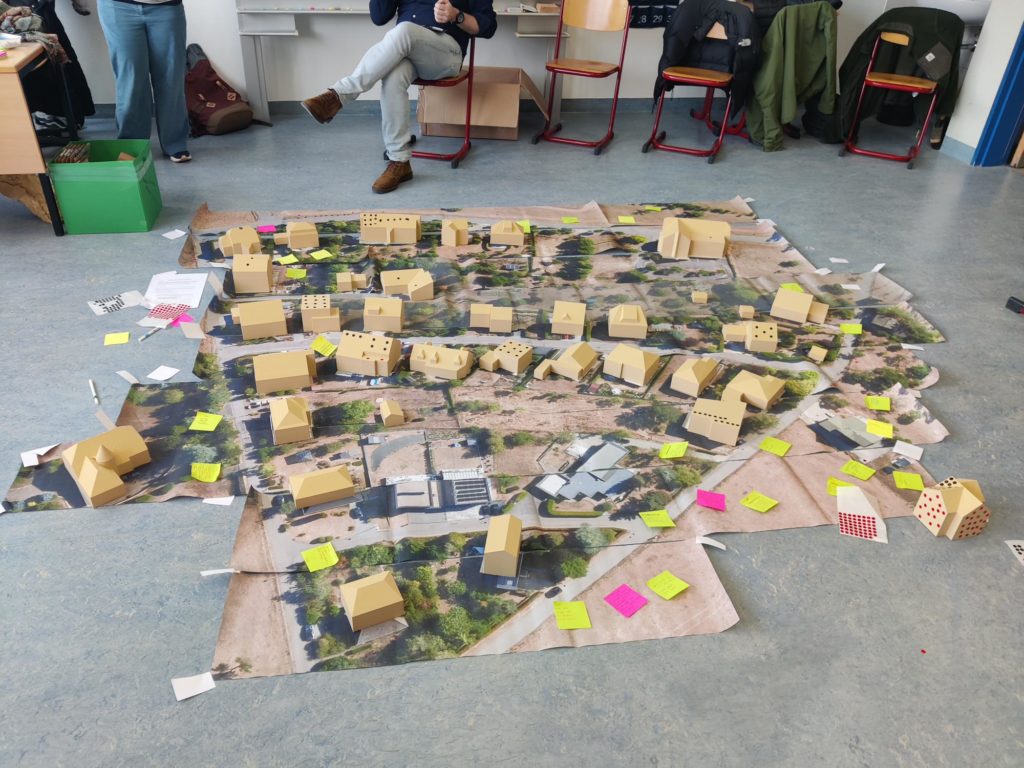
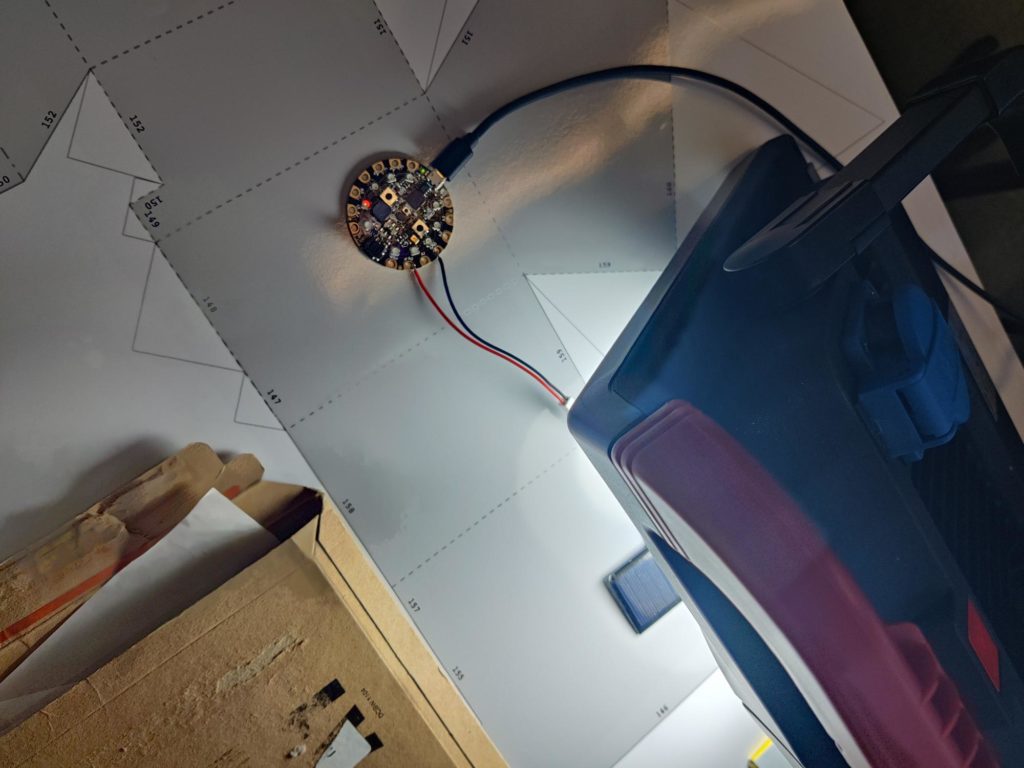
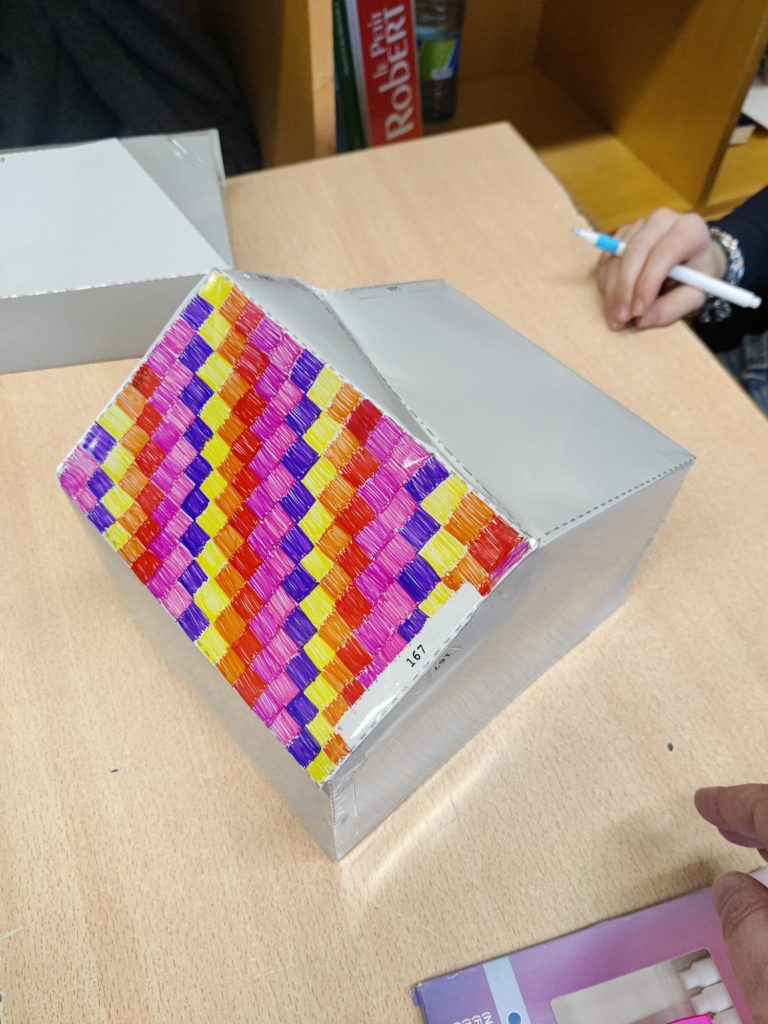
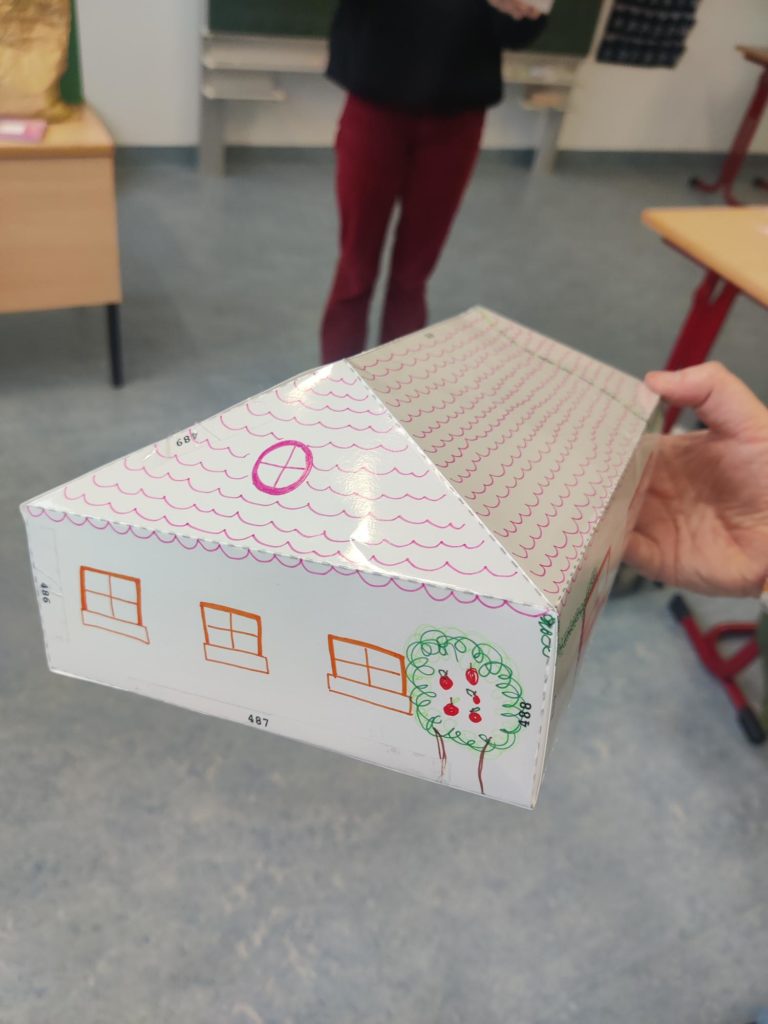
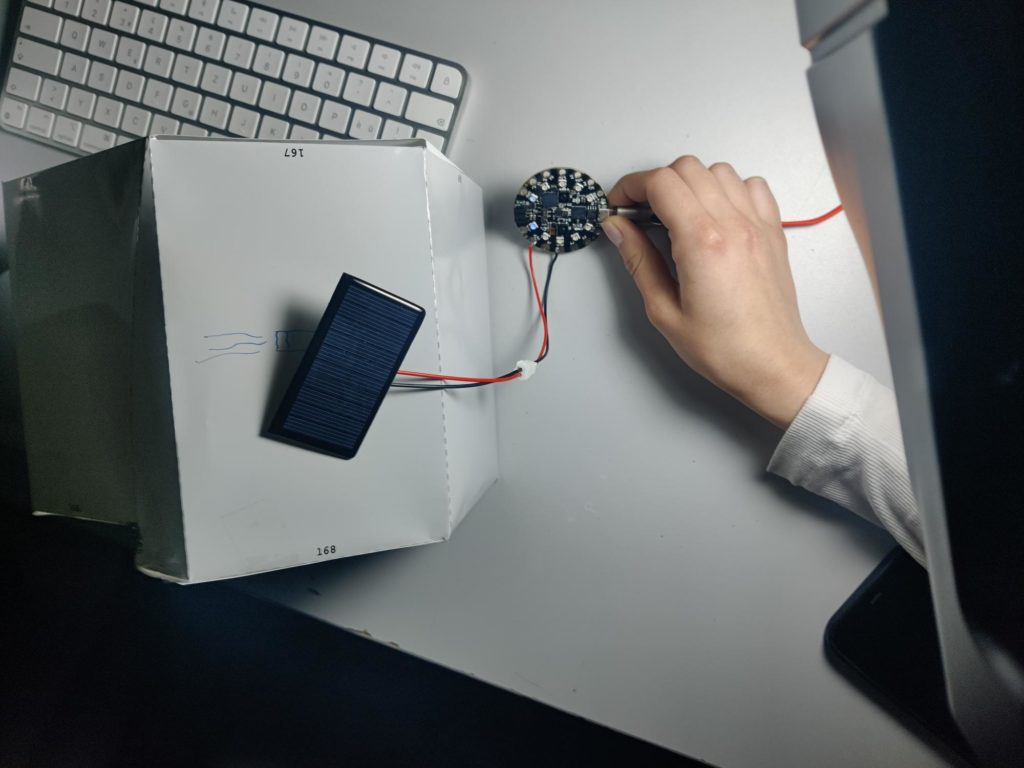

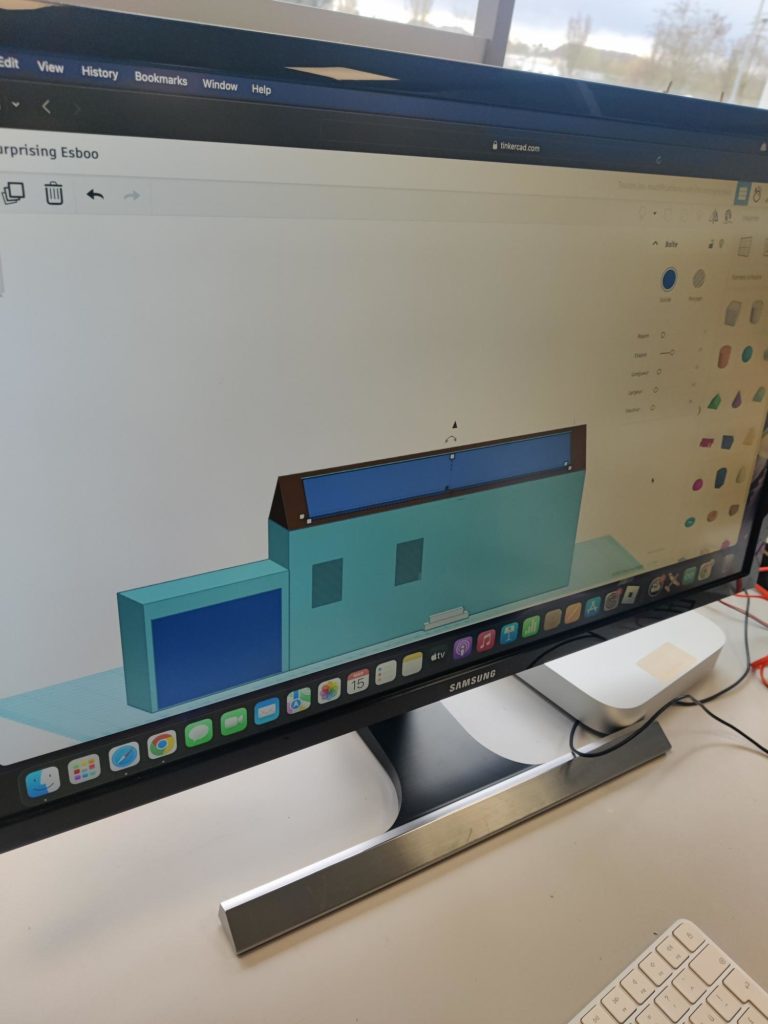
2 February 2024 – Visit of the ISC Konstanz

Clara Schreck – Me and Prof. Dale went to visit the ISC Konstanz in South Germany, right next to the Swiss border. This company is specialised in the development of silicon photovoltaics and energy systems.
We visited their research center and saw all their different processes to build and tests their solar panels. We were especially interested in their encapsulation process, where the modules get protected by a polymer sheet. This extra layer shields the modules from degradation due to particles or humidity.
We brought our own color samples and tried the encapsulation on it for the first time. The results were quite promising, even though some optimizations need to be made. We are looking forward to continuing this partnership with the ISC and are very happy with this step forward in the project.
16 November 2023 – Stakeholder Workshop
Alexander Skinner – Today was the first stakeholder workshop where participants were asked to collectively design scenarios that we can integrate into both the Digital Model and AR app.
In our interactive workshop we addressed spatial planning questions of where would you put Solar PV in urban and rural places and why. Using scaled models of two case studies in Luxembourg, we asked a range of stakeholders to place colored or black PV within the townscapes in order to achieve an optimal energy yield for a neighbourhood.
We also discussed the social, economic and environmental impacts of our designed townscapes to unravel the complex barriers to their realisation and adoption in policy.

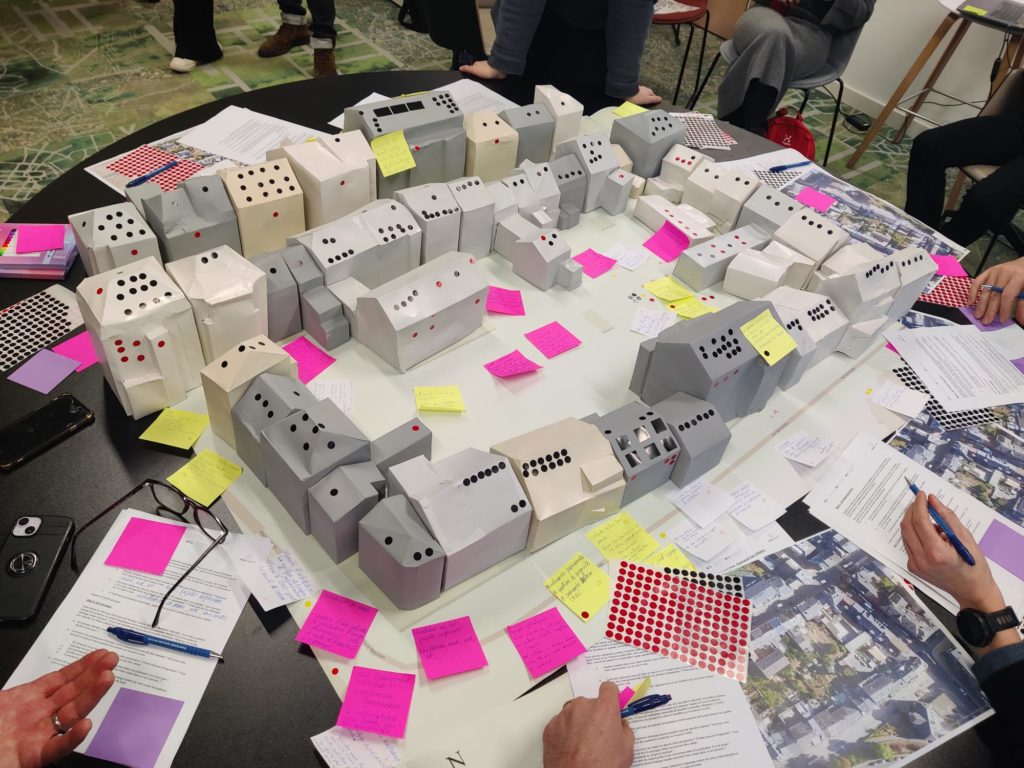
23 October 2023 – Poster at the Physics Department General Assembly
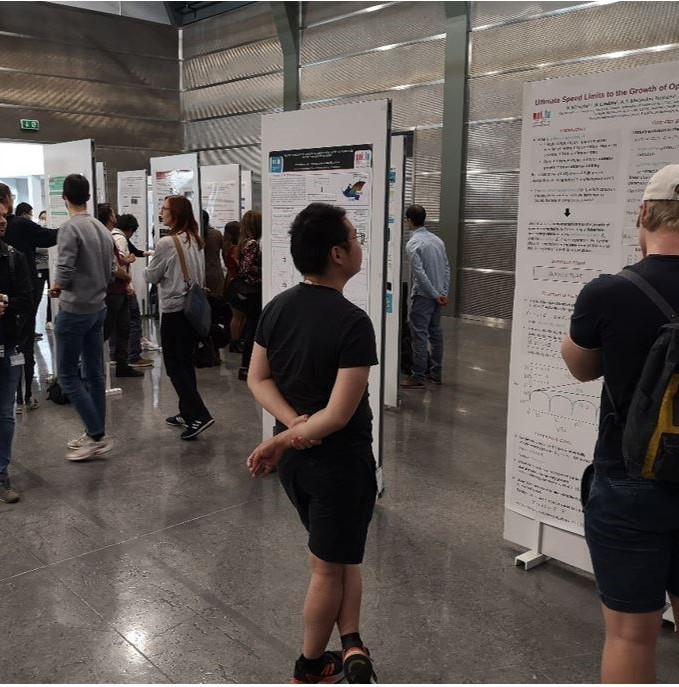

Clara Schreck – Today was the General Assembly of the Physics Department. Professors, students and researchers from both the University and LIST (Luxembourg Institute of Science and Technology) came together in Kirchberg.
Alumnis and Senior PhD students gave talks about their latest research and newest students presented their project through posters. All the posters were hung in the hall and everyone could freely pass by, learn, discuss and comment. This was a great way for me to get a fresh perspective from my colleagues and exchange ideas.
At the end of the event, I won an award for the quality of my poster, which only motivated me further in my research!
16 October 2023 – First CET Meeting
Clara Schreck – CET meetings happen every year in the life of a PhD student. On such occasion, the student has to present all the research and activities done during the year to their jury members. In turn, the jury members will assess the scientific quality of the research and then decide whether the student can continue or not with the project. This is also the opportunity to guide the student for the upcoming year.
Today was my first CET meeting, and it was with great pleasure that I presented my research on liquid crystals and inkjet printing. My jury was happy with the presentation and gave me very interesting insight on my project. I am now officially a second-year PhD student with a lot of new ideas to test out in the lab!
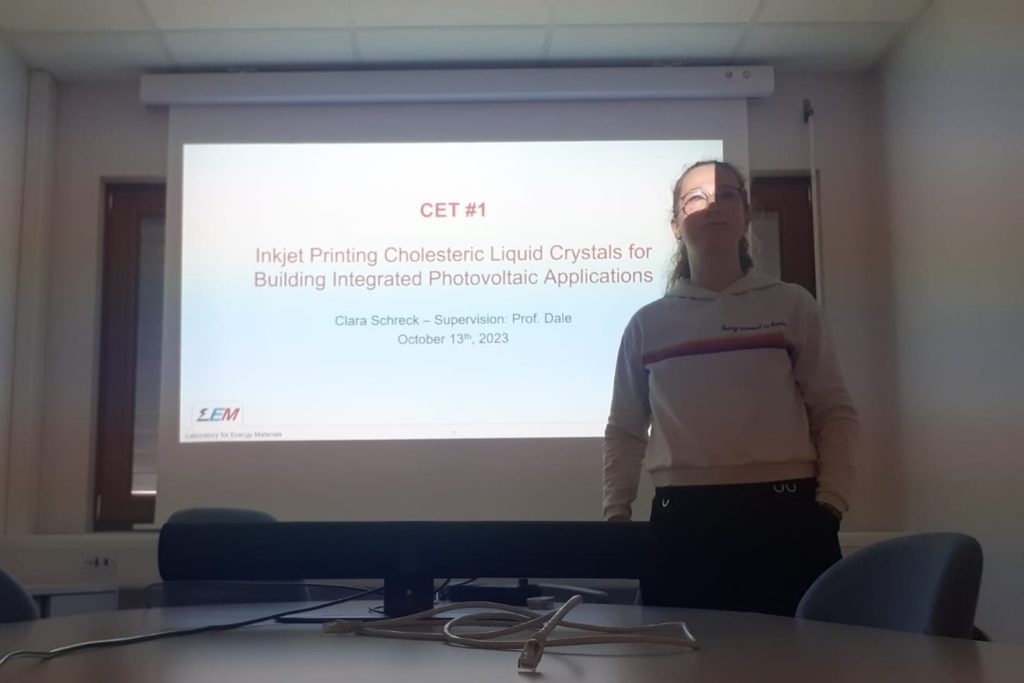
3 October 2023 – Augmented Reality (AR) as a Decision-Making Aid for the Installation of Solar PV Systems

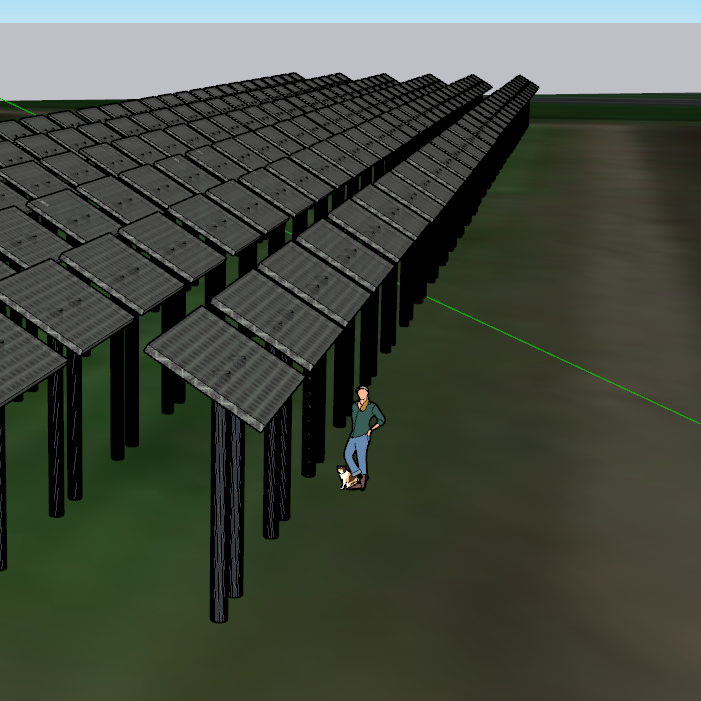
Malte Helfer – In the course of the European Union’s orientation towards a sustainable, emission-free energy supply, a significant expansion of regenerative energy generation plants, especially wind power plants and photovoltaic installations, is to be expected. This will lead to profound changes in the familiar image of land- and cityscapes, also in the Grand Duchy of Luxembourg.
The expansion of further inland wind energy plants is already often limited due to minimum distance regulations, and the potential for hydropower, biomass use and geothermal energy is also low, at least in Luxembourg. The further expansion of renewable electricity generation in the Grand Duchy will probably focus on photovoltaics.
So far, PV systems have largely been installed on roofs and only occasionally as larger systems in the landscape. With the increasing use of electric cars and the planned conversion not only of the electricity supply, but also of the approximately four times higher energy demand for heating buildings to regeneratively generated electricity, considerable additional areas will be needed. This means that in addition to the use of all suitable roofs, also facades and undeveloped land, including land used for agriculture, will increasingly have to be included in planning in the future.
In order to be able to assess such changes to the land and cityscape in advance, 3D models and AR simulations have recently been increasingly developed in construction and architecture. AR simulations are also already being used in the energy sector, especially to assess the visual impact of wind turbines visible from afar.
When using augmented reality to simulate possible PV installations in landscape and cityscape, the buildings and landscapes concerned are viewed through a mobile device, mobile phone or tablet, with a kind of virtual skin of additional information placed over the reality actually seen, in this case in the form of simulated solar PV panels.
This makes it possible to visualise the planned structural changes, allowing the viewer to move freely in their environment. This realistic representation can provide valuable decision-making aids for planning and can also be very helpful in discussions between planners and affected citizens, thus increasing public acceptance.
2 October 2023 – From Worldviews Theory to Practice.
Mariam Tarhini – In the course of the past month, my collaborative efforts with the team have revolved around creating an in-depth survey aimed at unravelling public ideologies regarding renewable energy, particularly focusing on the acceptance of solar photovoltaic (PV) systems. Along this journey, we discovered the profound influence of people’s lifestyles and attitudes on their acceptance of innovative renewable energy solutions.
As shown in existing literature, attitudes towards renewable energy technologies (RETs) significantly shape the likelihood of support for solar PV (negative attitudes towards RETs leads to a less likely acceptance to solar PV). A correlation also emerges: individuals unfamiliar with the advantages of RETs exhibit a diminished inclination to adopt and advocate for these technologies within their communities. This shows the importance of comprehending people’s worldviews (in this case communitarian, individualism, egalitarian and hierarchism), to understand how they subsequently influence others, and the reasons for and against implementation of solar PV and to understand what can be done to increase installation (Peters & Slovic, 1996, Sposato and Hampl, 2018).
In essence, this exploration aims to understand the intricate interplay between individual attitudes, communal influences, and the broader landscape of renewable energy adoption. It emphasises the need for targeted education and awareness campaigns to bridge the understanding gap, fostering a more widespread and informed acceptance of solar PV systems and other renewable energy solutions. As we delve into this survey’s findings, we gain not just insights into current perceptions but also a roadmap for cultivating a more sustainable and collectively embraced energy future.
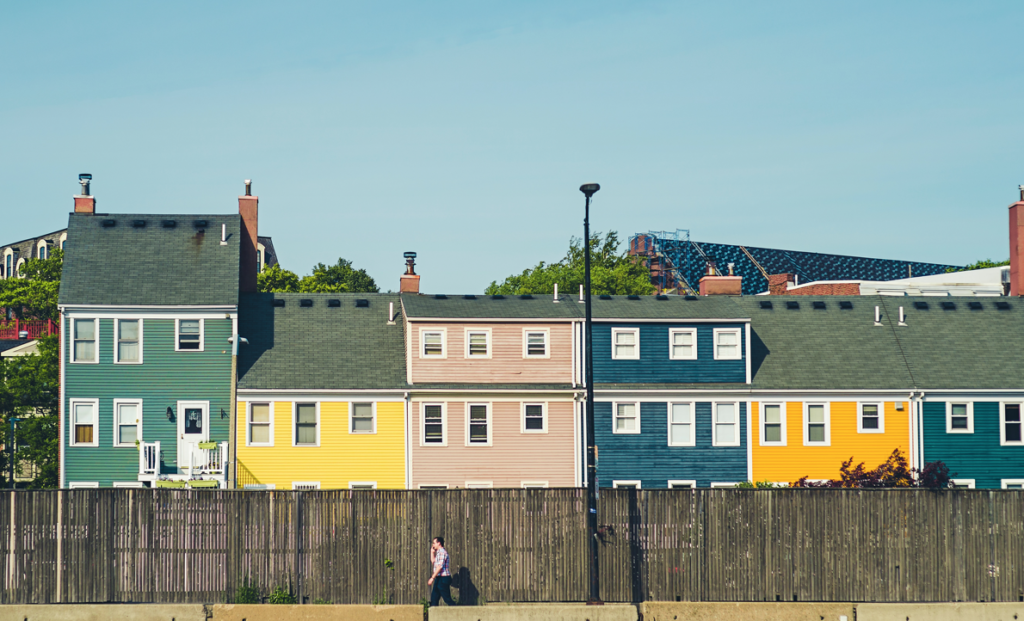
19 September 2023 – 40th European Photovoltaic Solar Energy Conference and Exhibition

Phillip Dale – I went to the 40th European Photovoltaic Solar Energy Conference and Exhibition last week, where 1850 researchers, industrialists and policy makers met to discuss the latest results and trends. Big positive take away messages included that even more PV got installed last year than the year before, and that this year is forecasted to be an even bigger year, possibly up to 400 GW of capacity. However, as PV becomes more mainstream, there are the beginnings of a resistance towards its further installation, from both public and industrial sectors.
One concern from the public is the loss of natural landscape. Not to be self-valedictory, but it is exactly these concerns which led us to the SolarZukunft project, of asking questions about where should we put PV and what colours or patterns can we make it, so that it does not disturb the natural landscape. At the conference, we showed off the first liquid crystal coloured PV devices which generated considerable interest and was even mentioned as one of the conference highlights at the closing session.
2 September 2023 – Quantsol Summer School in Hirschegg, Austria
Clara Schreck
I spent a week in a nice town in the Austrian mountains, following lectures on the latest research developments in the field of Photovoltaics. Famous professors from German and Luxemburgish universities presented their research during the day and led workshops in the evening. There are still a lot of questions to be answered regarding efficiency and stability of the newest technologies. During the few breaks and hikes, I also got to meet other young researchers currently doing their PhD or Post-Doc on similar topics to me. There were overall more than 15 different nationalities represented. Our discussions sparked new ideas and I came back enthusiastic to test some of them in the lab.

30 August 2023 – RGS-IBG Annual International Conference 2023
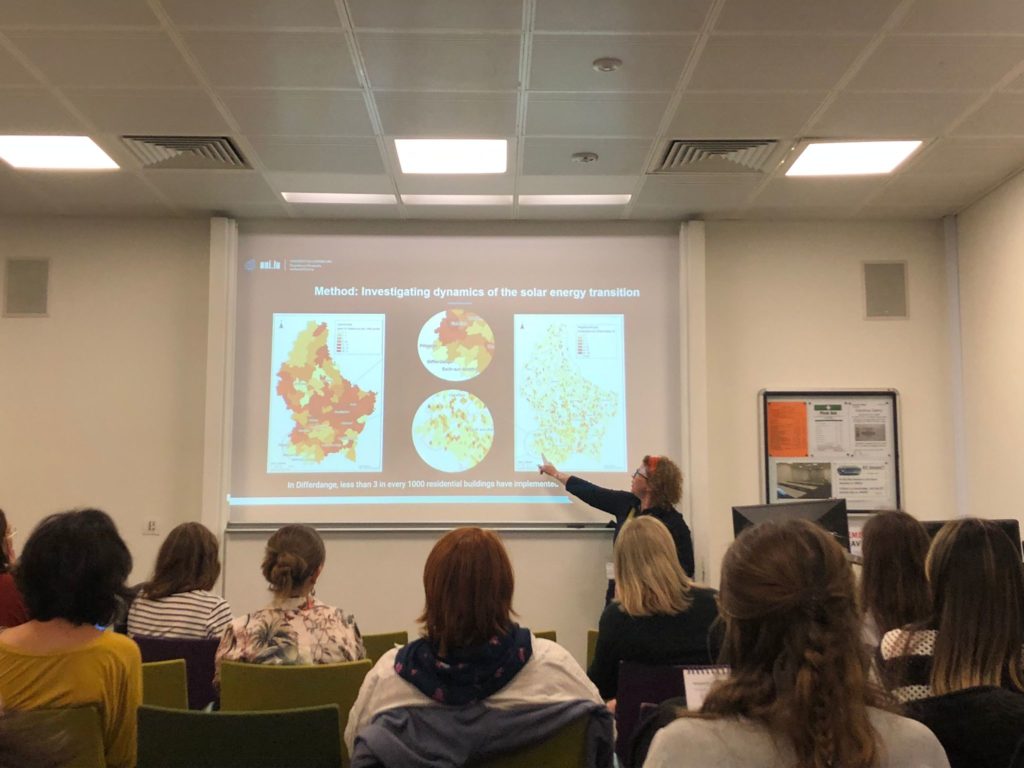
Catherine Jones and Tom Becker
SolarZukunft at the RGS
In August, we were at the Royal Geographical Society Annual Conference, in London, UK. The conference regularly attracts 2000 geographers from all over the world. This year’s conference theme was Climate-changed Geographies. It offered us the possibility to present our first results from a small pilot study we have been conducting in Differdange. Wherein we spent the summer, “Exploring perceptions, acceptance and barriers of the solar transition using a mixed-methods framework to combine stakeholder interviews and garden fence surveys”. We concluded our presentation on an important point from one of our interviewees, that the energy transition cannot be paid for by individuals.

